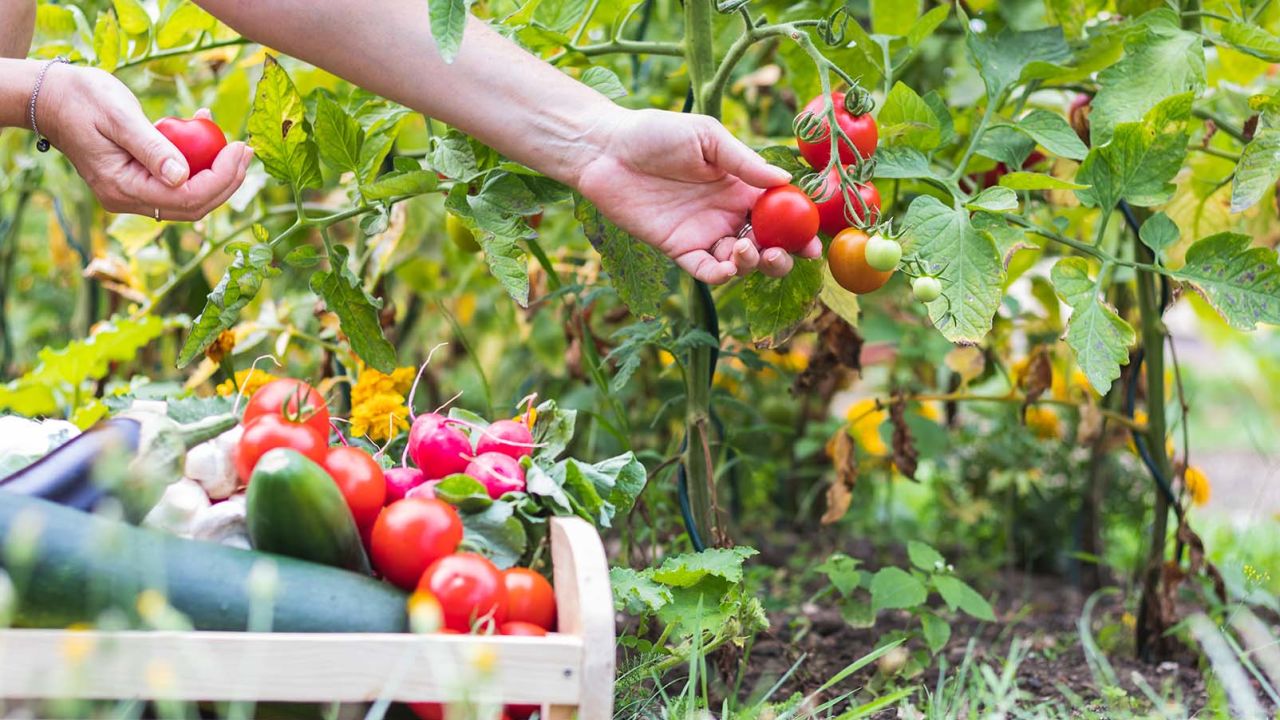From Novice to Environment-friendly Thumb: A Step-by-Step Journey Via the Art of Gardening
Recognizing Your Gardening Space
To begin your horticulture journey, it is crucial to recognize the unique qualities and restrictions of your horticulture space. Are there any kind of specific obstacles you may face, such as bad dirt quality or limited water schedule? Understanding these factors will help you make notified decisions regarding the types of plants that will prosper in your space.
Think about the dimension of your gardening location. If you have a little room, you might need to concentrate on container horticulture or vertical gardening to maximize your growing area. On the various other hand, if you have a huge room, you have the luxury of planting a selection of plants and creating different zones within your garden.
Next, assess the amount of sunlight your area obtains. This will certainly establish which plants will certainly prosper and which ones might battle. If your space is shaded, you can go with shade-loving plants like ferns or hostas. If your room obtains complete sunlight, you can grow a large range of plants, consisting of natural herbs, blossoms, and veggies.
Lastly, consider any type of restrictions or obstacles details to your room. If your dirt top quality is bad, you may require to amend it with compost or select plants that are tolerant of less-than-ideal conditions. If water is scarce, you can decide for drought-tolerant plants or carry out water-saving methods like mulching.
Picking the Right Plant Kingdoms for Your Garden
Select plants that are appropriate to your garden's unique conditions and your personal preferences. When picking plants for your garden, it is important to think about factors such as sunlight, soil kind, and climate. Some plants prefer well-drained soil, while others flourish in clay-like or damp soil.
An additional essential element to take into consideration is your individual choice. Do you choose a yard filled with colorful flowers, or are you a lot more curious about expanding veggies and natural herbs? Think about the function you desire your yard to offer and the aesthetic you see here intend to achieve. It's also worth considering the upkeep degree of the plants you choose. Some plants need even more care and focus, while others are more low-maintenance.
Preparing the Dirt for Growing
First, evaluate the condition of your soil to establish if any type of changes or enhancements are needed. The top quality of your dirt is crucial for the success of your yard. Begin by inspecting the structure of the soil. Is it sandy, fertile, or clayey? Sandy dirt drains quickly, while clayey dirt maintains water. Loamy soil is the ideal equilibrium between both. Next off, inspect the pH level of your dirt. A lot of plants choose a slightly acidic to neutral pH, around 6.0 to 7.0. If your dirt is as well acidic or alkaline, you may require to adjust it utilizing dirt amendments such as lime or sulfur. Furthermore, you need to think about the nutrient web content of your soil. If any type of essential nutrients are doing not have, Conduct a dirt test to establish. This will aid you choose which plant foods or raw material to include. Lastly, make sure that your dirt is well-draining. Poorly drained dirt can bring about waterlogged origins and various other plant health and wellness concerns. Boost drainage by adding organic issue like garden compost or peat moss if required. By analyzing and making necessary changes to your dirt, you can produce an optimal setting for your plants to thrive.
Nurturing and Preserving Your Garden
Make certain to sprinkle your plants deeply, allowing the water to pass through the soil and reach the roots. Routine weeding is also important to keep your yard cost-free from unwanted plants that compete for nutrients and space. Frequently inspect your plants for any kind of indications of problem or illness and take prompt action to stop further damage.
Troubleshooting Common Gardening Issues
If you discover eaten leaves or plants that are shriveling for no evident reason, you might have a pest problem. If your plants have actually yellow or stained fallen leaves, they might not be getting sufficient nutrients. Remove influenced plants and deal with the staying ones with organic fungicides or chemicals.
Final Thought
By recognizing your gardening space, choosing the right plants, preparing the soil, and nurturing your garden, you have gotten rid of usual horticulture concerns like a pro. Currently, equipped with knowledge and visite site experience, you are ready to delight in the charm and abundance of your flourishing yard.

When selecting plants for your garden, it is vital to think about elements such as sunshine, soil kind, and environment. Some plants prefer well-drained dirt, while others prosper in clay-like or wet soil (newbie gardening). By recognizing your horticulture room, discover here selecting the right plants, preparing the dirt, and nurturing your yard, you have actually conquered usual gardening concerns like a pro